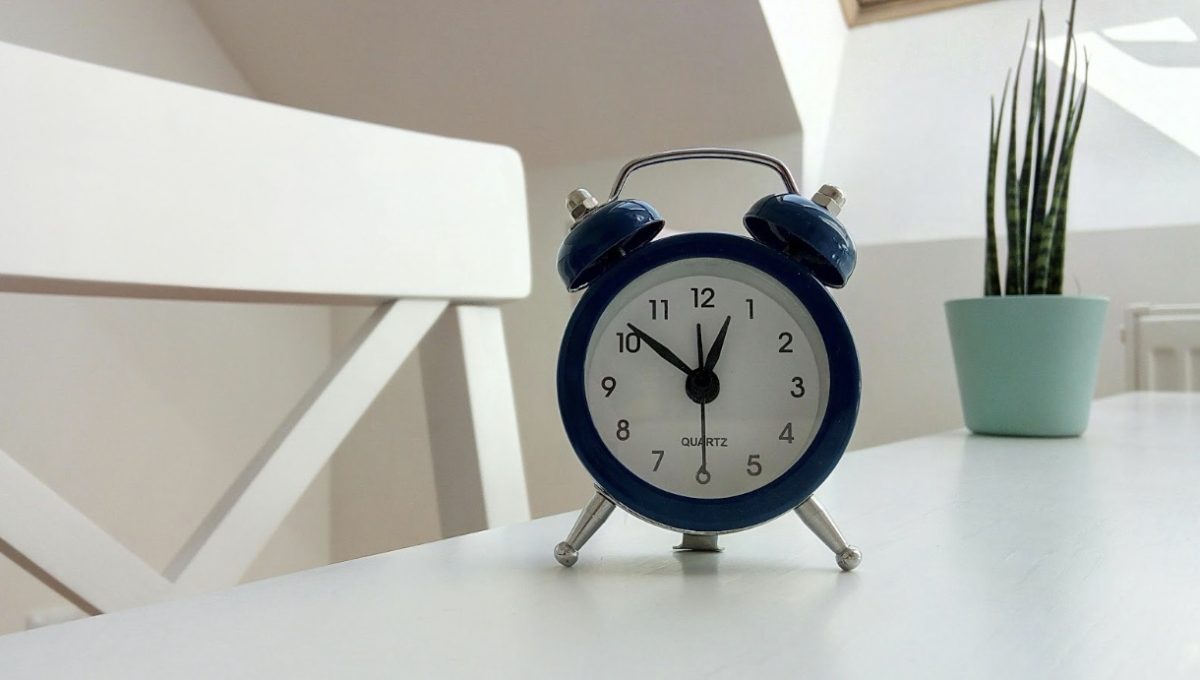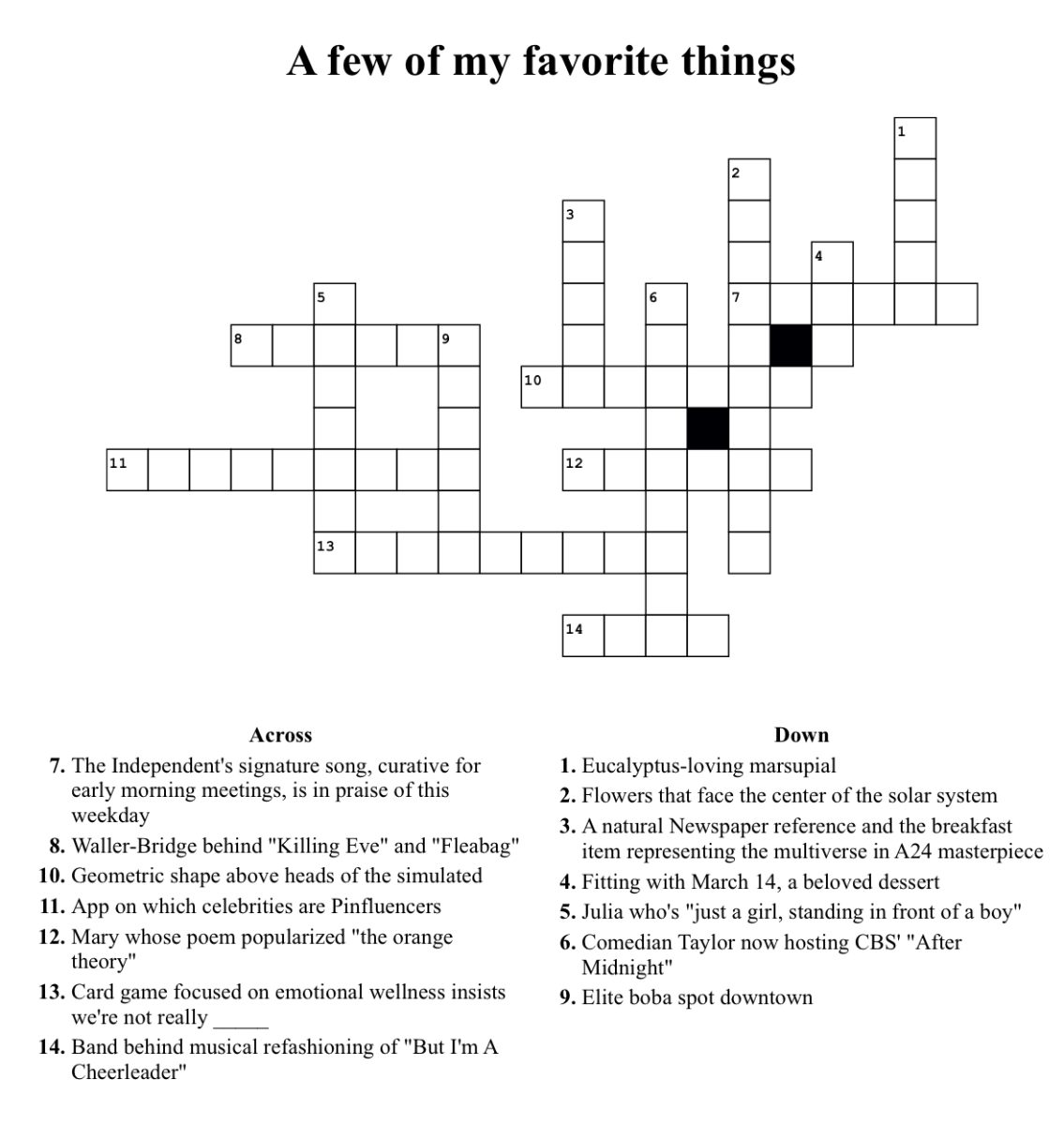Sleep and academic performance
January 10, 2018
On any given day, if asked the question, “Are you tired,” there’s the commonly given curt nod of the head accompanied by a pair of drowsy eyes. As shown in their actions and academic progress, the lack of good quality sleep can seriously disturb a student’s academic performance. Sleep consists of two key components: the duration of sleep and the quality of sleep.
According to the National Sleep Foundation, “Teens need 8 to 10 hours of sleep each night to function best.” This is because during the hours of 11p.m.-2a.m., the brain’s cerebral spinal fluid filters throughout the brain, blood and oxygen are delivered to muscles and important growth hormones are released. With the adequate amount of sleep, students feel refreshed and rejuvenated because the body was able to cycle through all four sleeping stages of a healthy night’s rest.
However, many students can account for the fact that they do not get that much sleep, and if they do, it is considered as a luxury for long breaks and vacation periods. The Foundation confirmed this with the statement of “most teens do not get enough sleep — one study found that only 15% reported sleeping 8 1/2 hours on school nights.” This proves to be a serious problem because in class students will not be able to fully engage in the lessons, and the brain will function slower which accounts for the “grogginess” felt.
Furthermore, students are not getting this healthy amount of sleep each day due to homework, studying and extracurriculars Or do they? Each new day, everyone is given 24 hours, and they are the ones who decide how to use that time. While it is true that students’ schedules are jam packed and everyone is busy, it is important to keep in mind that health should always come first, for if it fails, there is no denying that students will fail in academics as well. Some methods to use time wisely include making day to day plans and setting a time limit for certain things. This way, time will be used in the most efficient way through increasing productivity, and students can plan around a healthy sleeping schedule.
Additionally, “Quality over quantity,” is a commonly used phrase which perfectly emphasizes a factor that is perhaps even more important than the duration of sleep: quality of sleep. This does not mean one should try to function on three hours of the comfiest sleep. Even if people only get some sleep (at least five hours), it is important to sleep well. This can be hard to do especially if they are one of those “night thinkers” who count sheep and remember the scary test they have the next day until finally falling asleep. If one is part of the unfortunate, meditation can drastically improve calming the mind to ensure a peaceful mentality while trying to sleep. As Dr. Herbert Benson of Benson-Henry Institute for Mind Body Medicine, “For many people, sleep disorders are closely tied to stress,” and he proceeds to explain how mindful meditation is a beneficial method. Health in Harvard explains “Mindfulness meditation involves focusing on your breathing and then bringing your mind’s attention to the present without drifting into concerns about the past or future,” which disrupts any thoughts about the day and instead brings out a relaxing calm over the mind. Before going to bed, practicing mindful meditation for simply five to ten minutes can have a positive effect on one’s overall quality of sleep.
Plus, technology, being one the hardest obstacles to overcome as it is a normal part of everyone’s daily lives, has drastic effects on sleep. Not only do people check their phones, tablets and laptops throughout the day, they utilize it even more during the night. This is especially true for students who are expected to use technology as part of their learning system and also for those students who arrive home late due to extracurriculars. Nowadays, homework, notes, and even reading are all -and sometimes only- available online. However, having students use technology for education is actually increasing their exposure to the “blue light” which is notoriously described as “affecting levels of the sleep-inducing hormone melatonin more than any other wavelength” by scientific American. This means waking up to dark circles, headaches and bloodshot eyes as immediate physical effects. However, this can be somewhat avoided by switching to devices’ night modes which actually decreases the concentration of blue light displayed on the screen. Although it is not a perfect remedy, it attempts to decrease the amount of blue light absorbed by the body.
The best method of course would be to avoid those screens at least an hour before bedtime, although who can resist snapchat, instagram and the influx of texts? Those who care about their health and ability to function at school the next day of course. Pictures, posts, and texts can wait if it is the person’s health and ability to concentrate on the line. Social media can always be viewed again, but once you flunk an exam, it will lead to bigger consequences than missing a cat video.






























